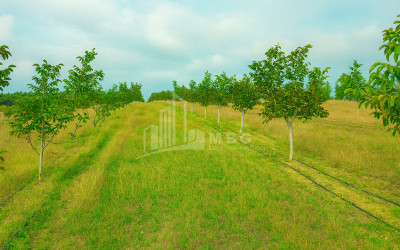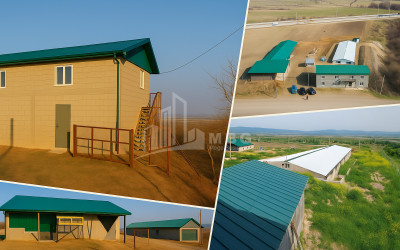History
- The municipalities of Mtskheta, Kaspi, Gori, Kareli and Khashuri are part of the historic Shida Kartli, which was formerly called Zena village. Historical Kartli itself was divided into Upper, Middle or Inner and Lower Kartli according to its geographical location and the main river Mtkvari.
- Shida Kartli stretched east to Aragvi and Tbilisi, north to the Central Caucasus Range, west to the Likha Range, and south to the Trialeti Range and Lake Paravani. The southern part of Shida Kartli Mtkvari was called Gaghmakhari. The latter, according to historical sources, was sometimes not included in Shida Kartli, while the country north of the Mtkvari was always referred to as Shida Kartli.
- In XVII-XVIII centuries the north-western part of Shida Kartli was called Zemo Kartli. From the first quarter of the 17th century, after the conquest of Samtskhe-Saatabago by the Ottomans, the historical Zemo Kartli was separated from the Kingdom of Kartli for a long time and the name was transferred to the northwestern part of Shida Kartli. Currently, the northern part of historic Shida Kartli is part of the provisional administrative-territorial unit of South Ossetia and Dusheti municipality.
general news
Area of the area - 4807 sq.m. Km
Administrative center - st. Gori
Distance between the administrative center and Tbilisi - 75 km.
Climate - The climate of the country is continental, the average annual temperature is about 11 ° C, the maximum possible is 42 ° C, and the possible minimum is 32 ° C. Wind energy resource (1000 kW / h per 1 km2) - 1000-1500. Precipitation averages 500 mm per year, maximum - 760 mm, minimum 330 mm.
Main water arteries - rivers flowing in the region: Mtkvari, Big and Small Liakhvi, Mejuda, Tana, Ksani, Tortla, Tedzami, Charebula, Lekhura, Suramula, Prone, Dzama and others. Natural healing waters and pure spring waters also flow in Shida Kartli.
In the part of the region controlled by the central government of Georgia, there are 373 settlements, including:
City - 4: Gori, Kaspi, Kareli, Khashuri;
Daba - 2: Surami, Agara;
Village - 366
Geography
To the north and south of Shida Kartli there are high ridges of the Caucasus and Trialeti, the branches of which lead to the Mtkvari and form hills. Gaghamkhari rivers - Dzama, Tana, Tedzami and Kavtura form small plains in the lower year, and north of the Mtkvari are extensive valleys of Doghlauri, Tirifoni and Mukhnari, which are fed by the rivers: Prone, Liakhvi, Lekhura, Ksani and Aragvi. Most of the rivers of Shida Kartli have been used for irrigation since ancient times.
From the Eastern Front to the Aragva River, along the left bank of the Mtkvari, lies the Kvernaki Range. There are caves in the plateaus and caves of its southern slope. South of the Kvernaki range, on the edge of the Mtkvari, lies the Assyrian Valley, which has been used as a watermelon pasture since ancient times. Based on a certain organization of labor, the vast plains of Shida Kartli and the summer and watermelon pastures created the opportunity for intensive farming and cattle breeding. The natural conditions of Shida Kartli and its geographical location defined the role that this region played in the history of Georgian statehood.
Local government
The executive power in Shida Kartli will be exercised by the State Representative of the President of Georgia. Its functions are to ensure the coordination of public order in the region, mobilization of resources, support for the development and implementation of socio-economic development programs of administrative-territorial units, protection of human rights and more.
Local self-government in the region is exercised according to the following administrative-territorial units:
Gori Municipality;
Kaspi Municipality;
Kareli Municipality;
Khashuri Municipality;
Shida Kartli fruit growing zone
Seeds: apples, pears, quinces, quinces.
Currants: peach, plum, apricot, cherry, tkemali, cherry, cherry, fennel, ghognosho, chanchuri.
Walnuts: Walnuts, hazelnuts, almonds.
Dry subtropics: figs, pomegranate, persimmon.
Berries: currant, blackberry, raspberry, strawberry, blackberry, barberry, mulberry.
Shavkapito is an aboriginal red grape vine variety of Kartli. Shavkapito is spread in almost all districts of Shida Kartli. It produces good quality table red wine, which is distinguished by its beautiful color, pleasant varietal aroma, normal content of alcohol and acid - that is, all the features that are characteristic of table and sparkling wines. Pitcher wine is characterized by tones of vegetable and berry (e.g., ripe fennel).
Kartli is a distinctive wine region in Georgia, which is famous for its classic European type and high quality sparkling wines. The vineyards are cultivated in the wide basins of the Mtkvari River and its tributaries - Liakhvi and Ksani, at an altitude of 450-700 meters above sea level. Kartli, as well as other regions, aboriginal varieties have a special character. Among the common varieties in Kartli are Chinese, Goruli Mtsvane, Budeshuri Tetri, Tavkveri, Shavkapito and Saperavi. Rare varieties are also found: Chklapa, Andreuli, Aragvispiruli, Grdzelmtevana, Melikuda, Chrogha, Kharistvala, Dzelshavi. In addition to local varieties, foreign varieties are also common in Kartli: Aligote, Pinot Noir and White, Chardonnay and others. Traditional and European winemaking is widespread in Kartli, as well as in Kakheti. One of the wines of origin - "Atenuri" is produced in Kartli.

 ka
ka
 en
en
 ru
ru




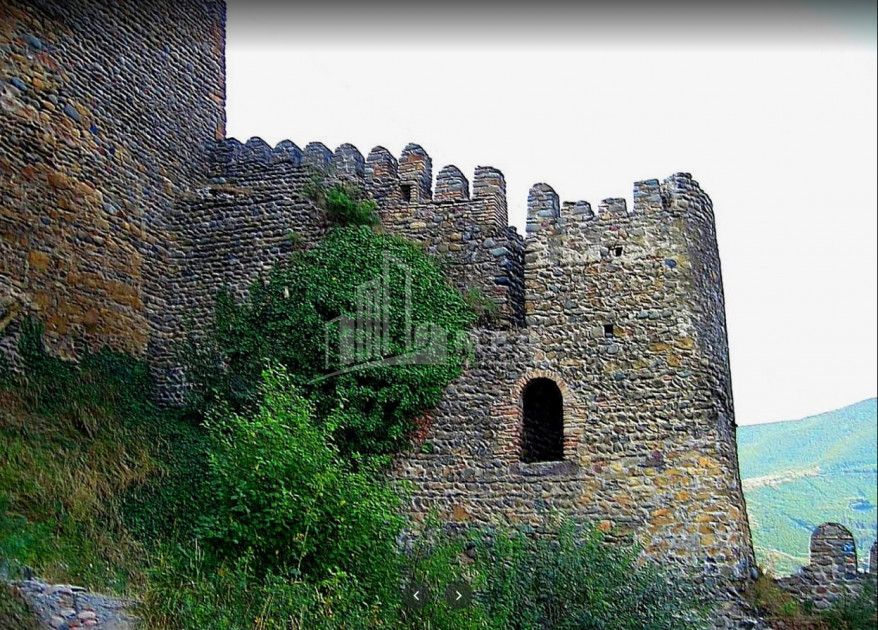
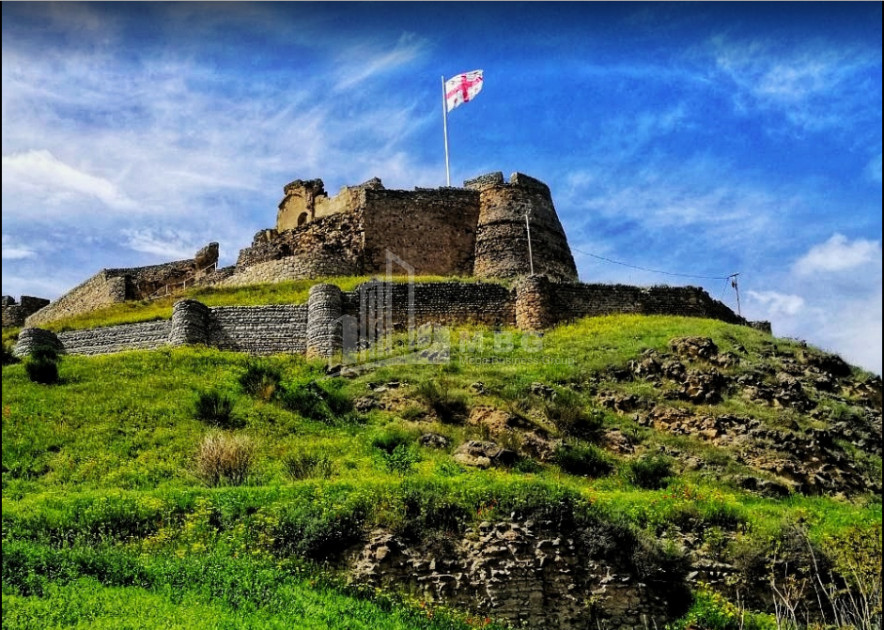
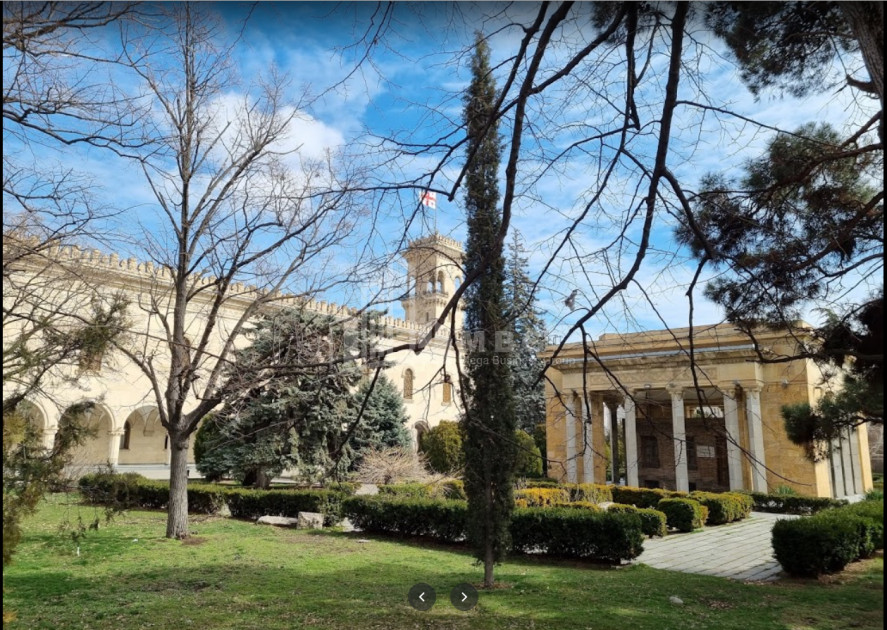
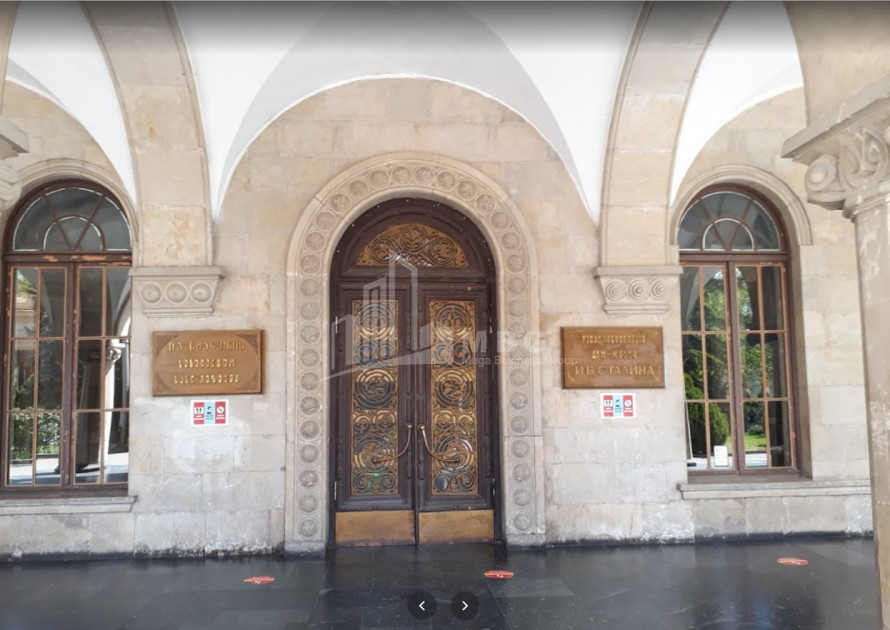
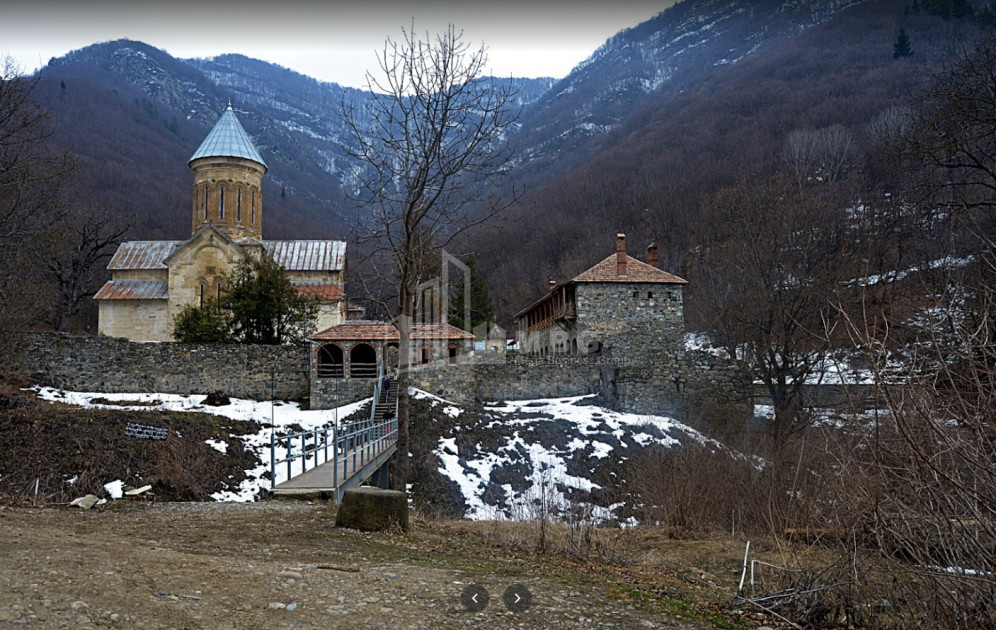
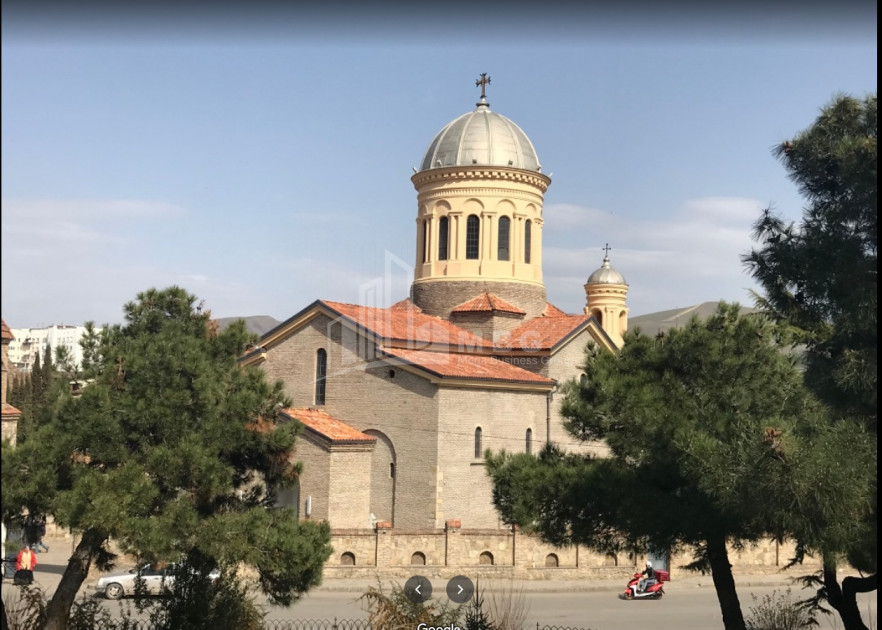
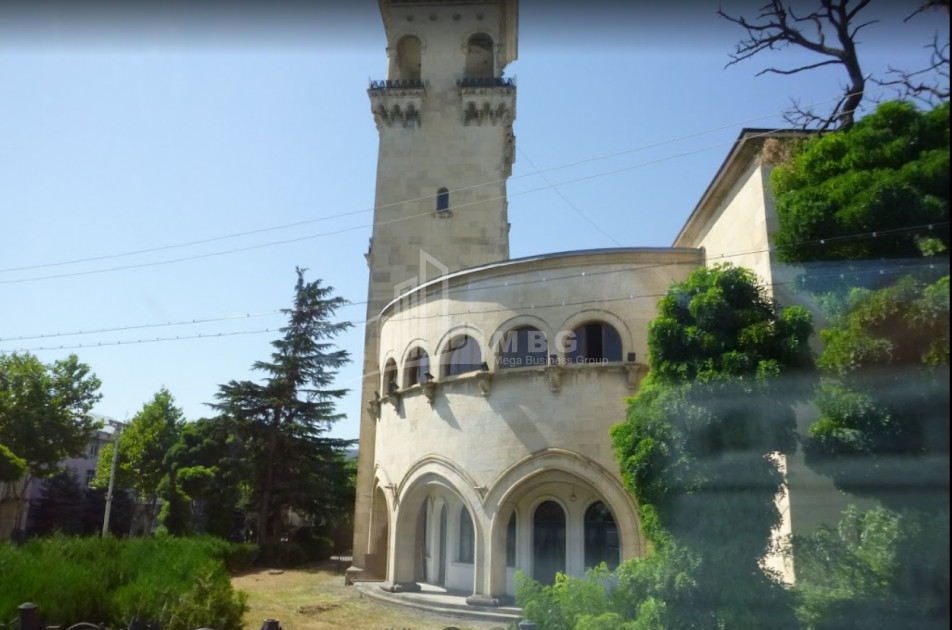
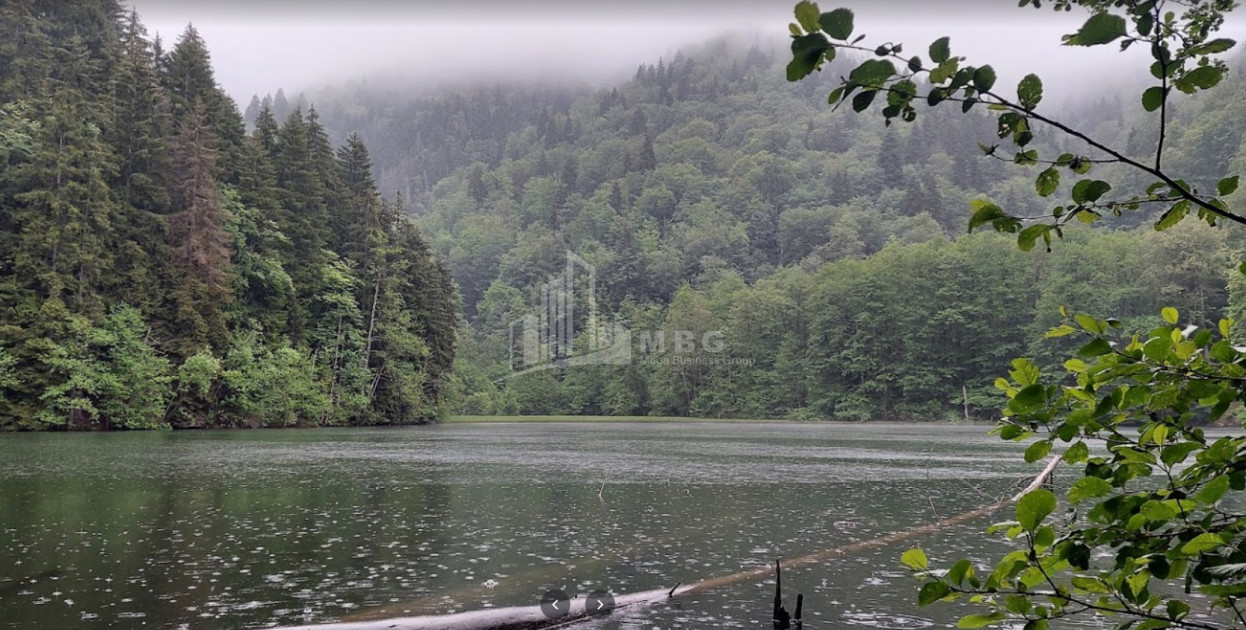
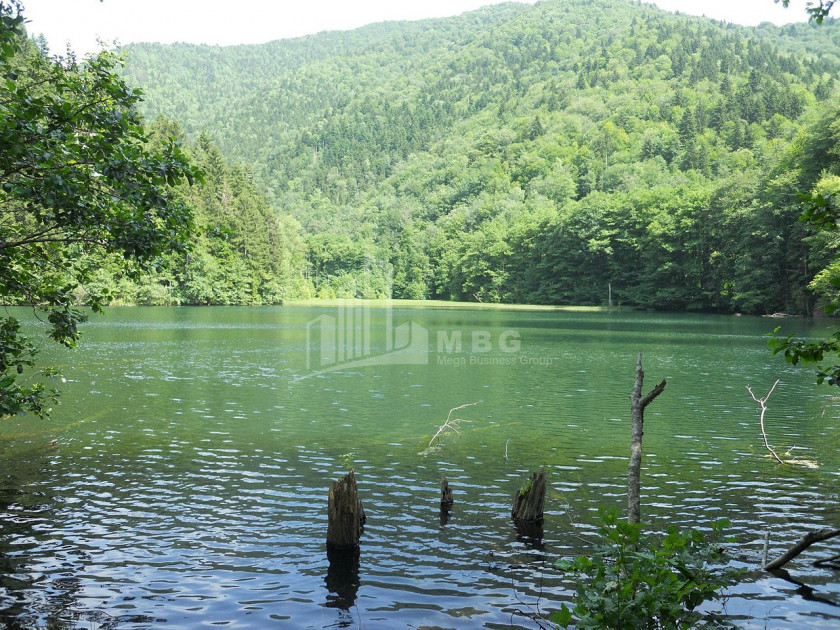

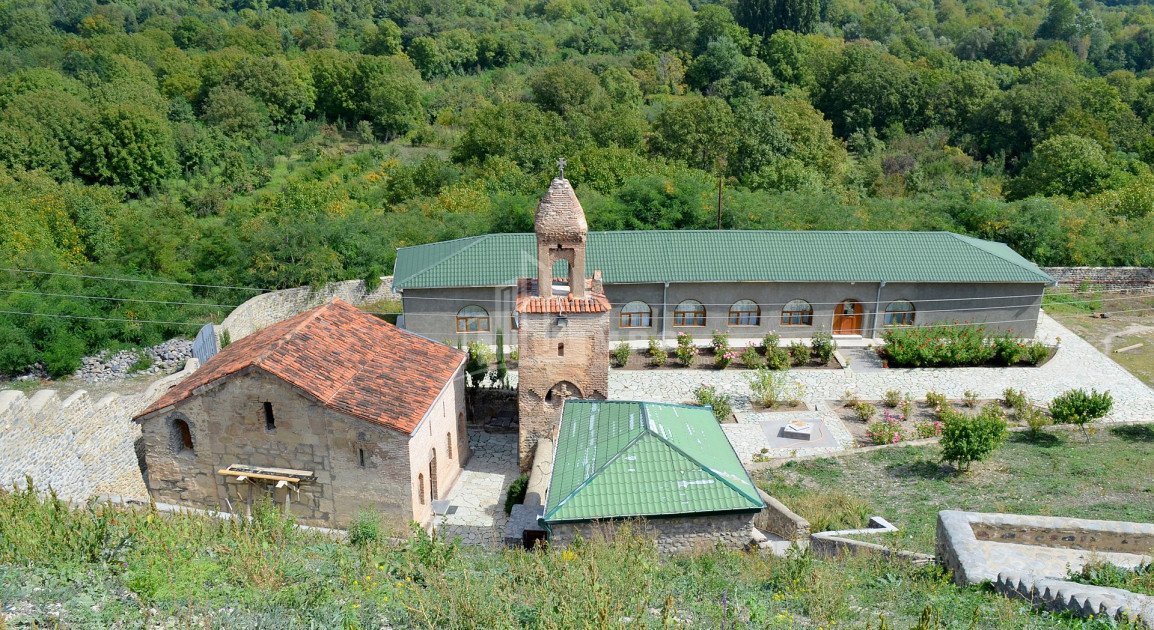
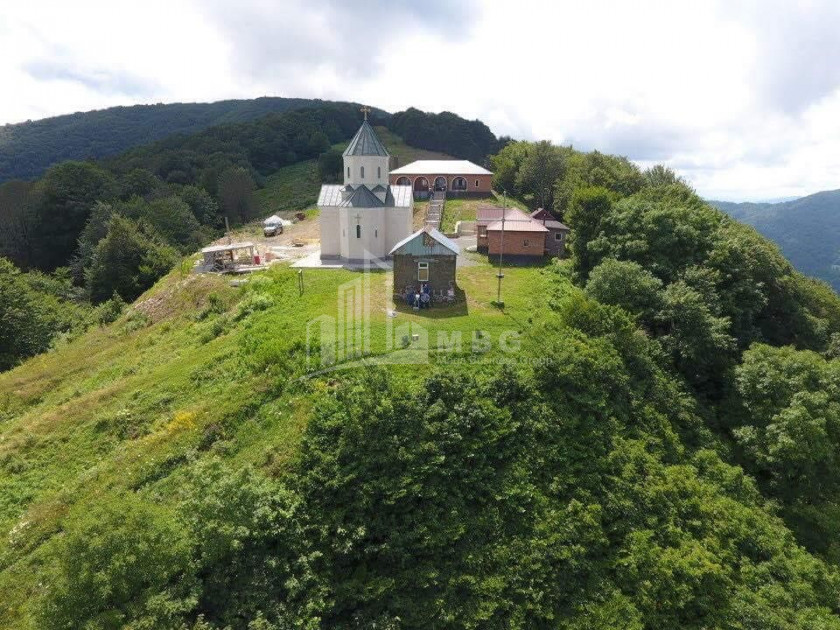
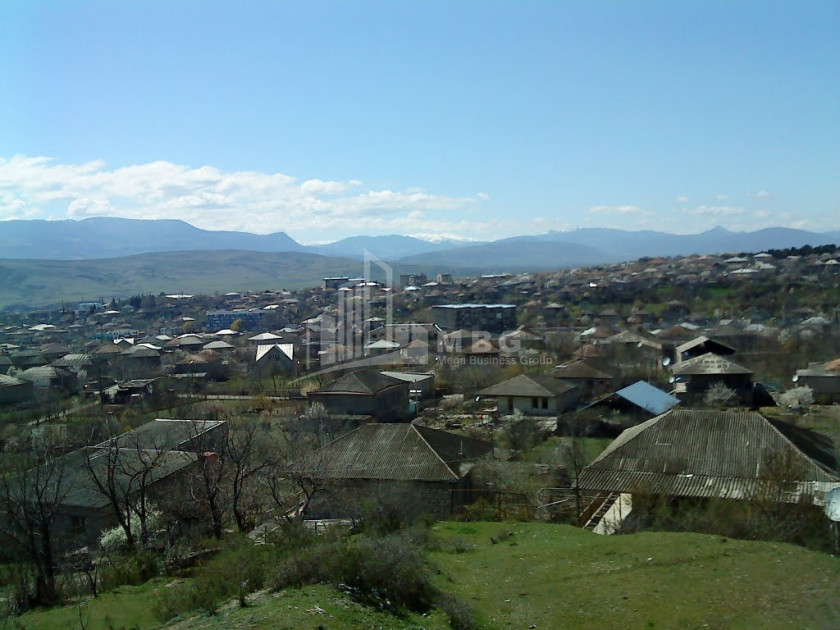
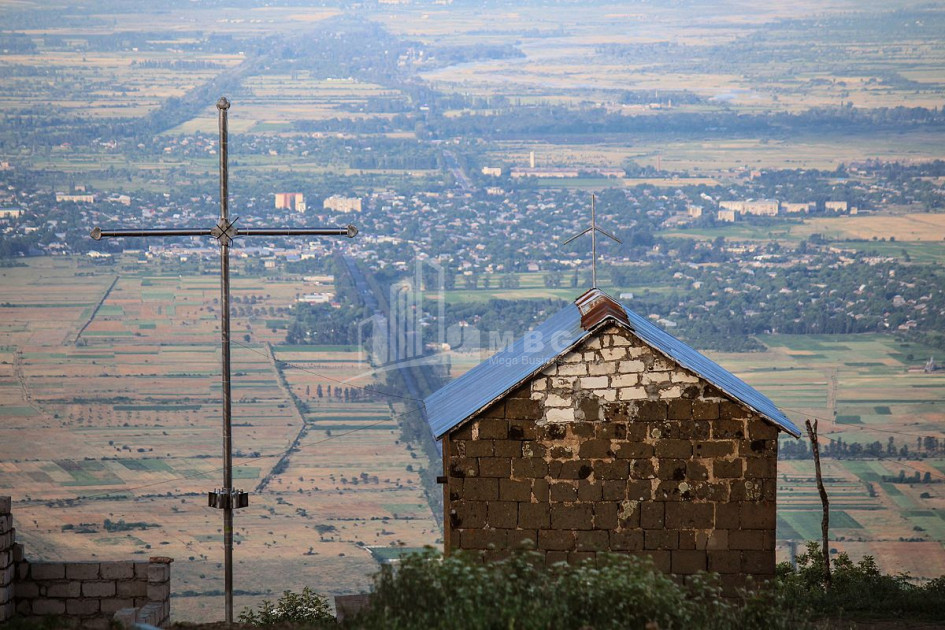
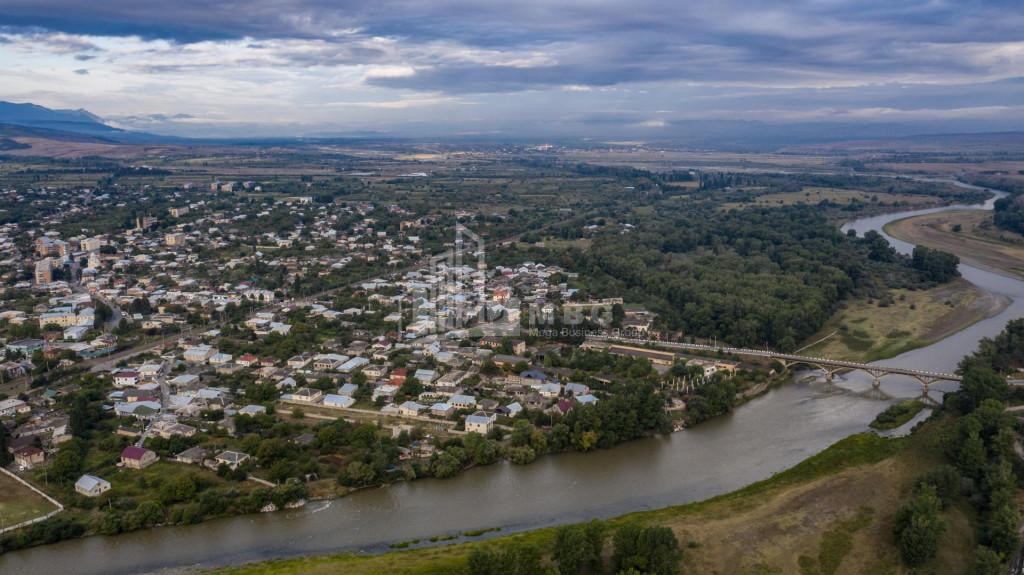
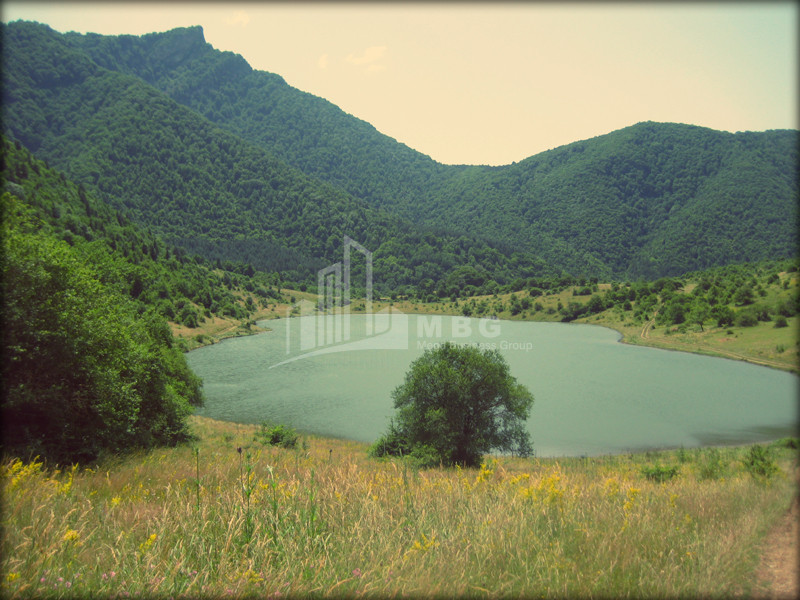
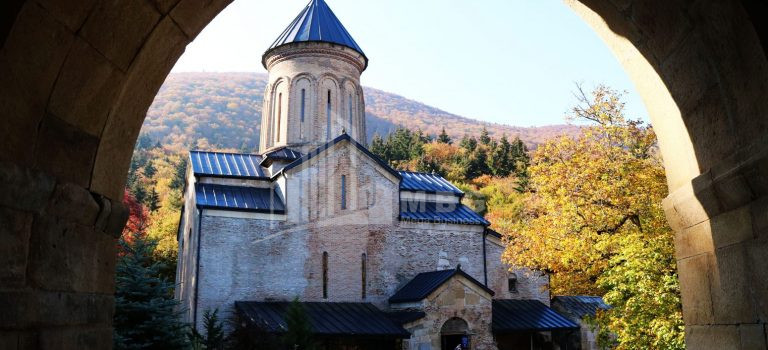
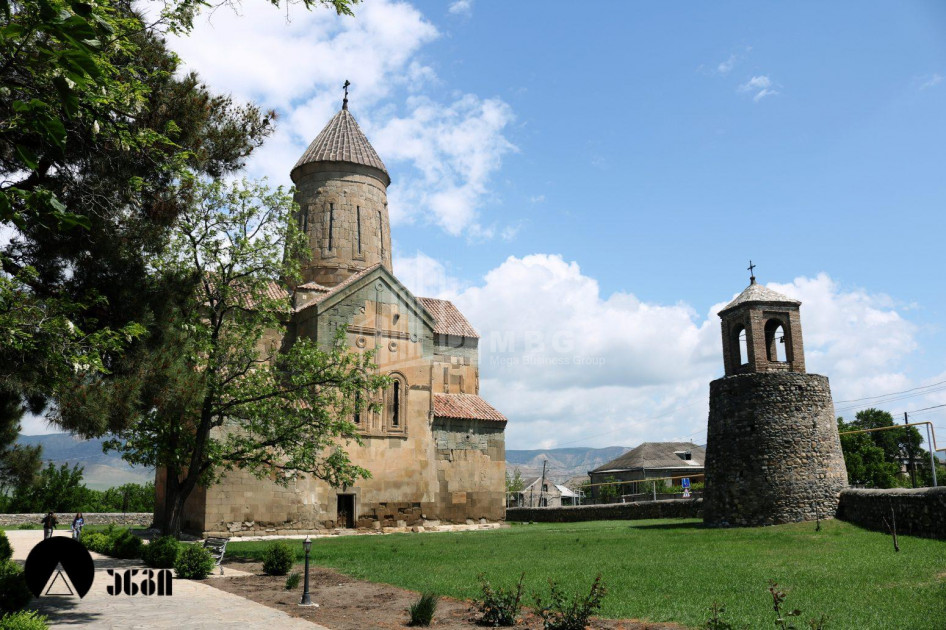
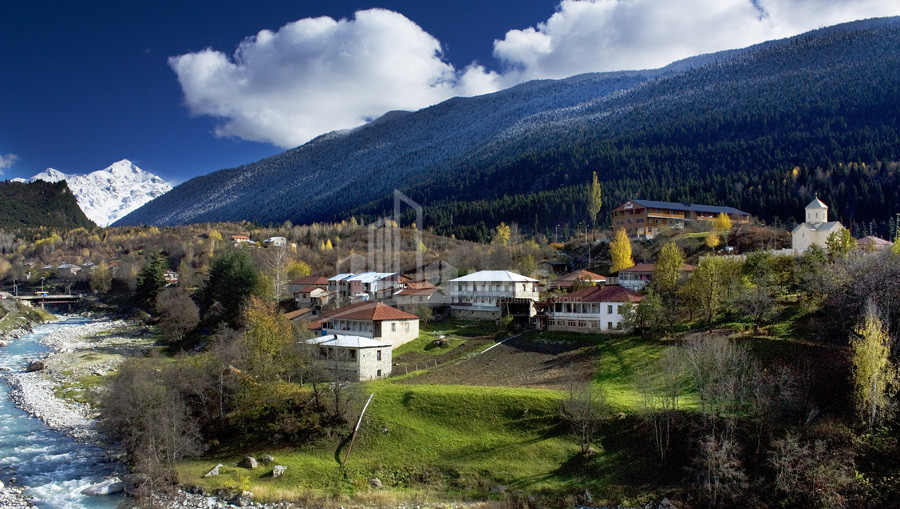
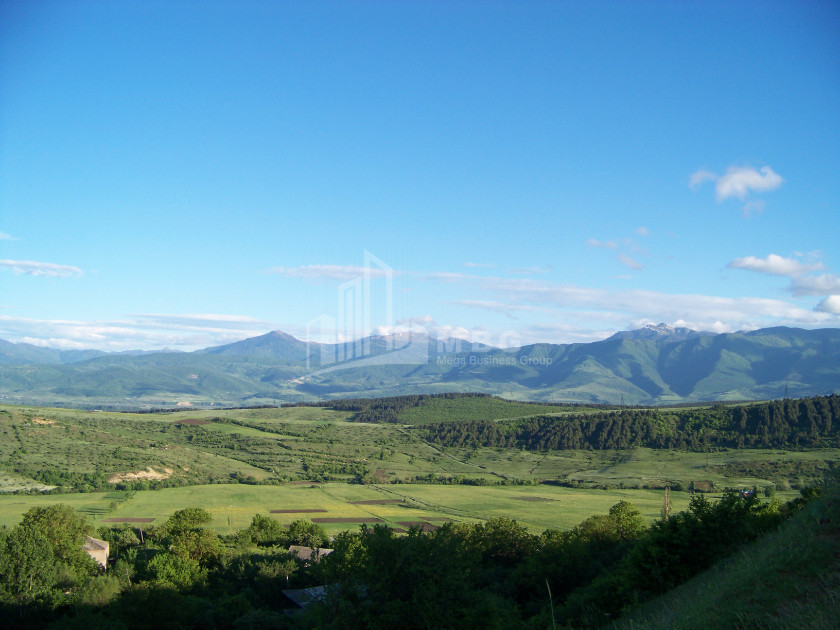
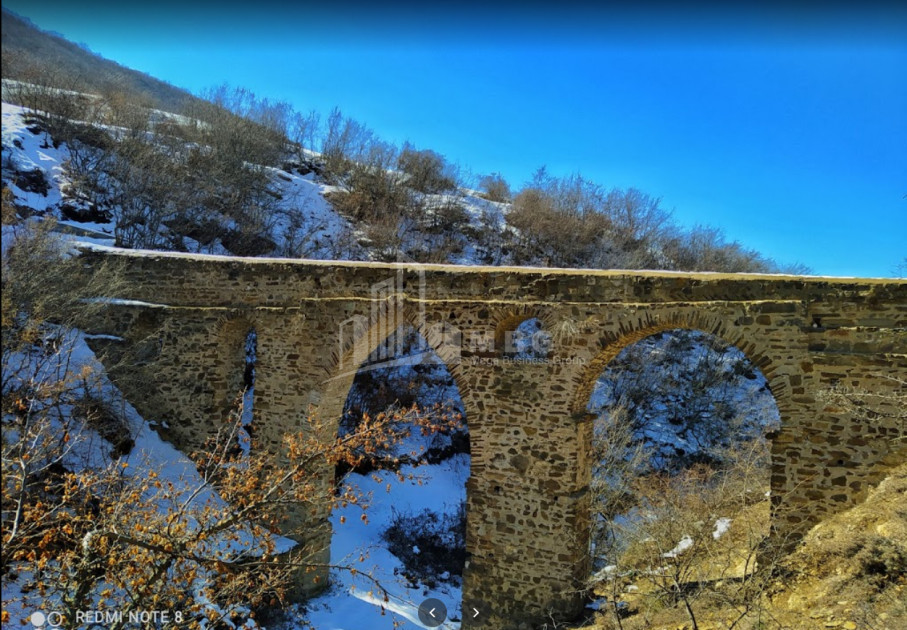
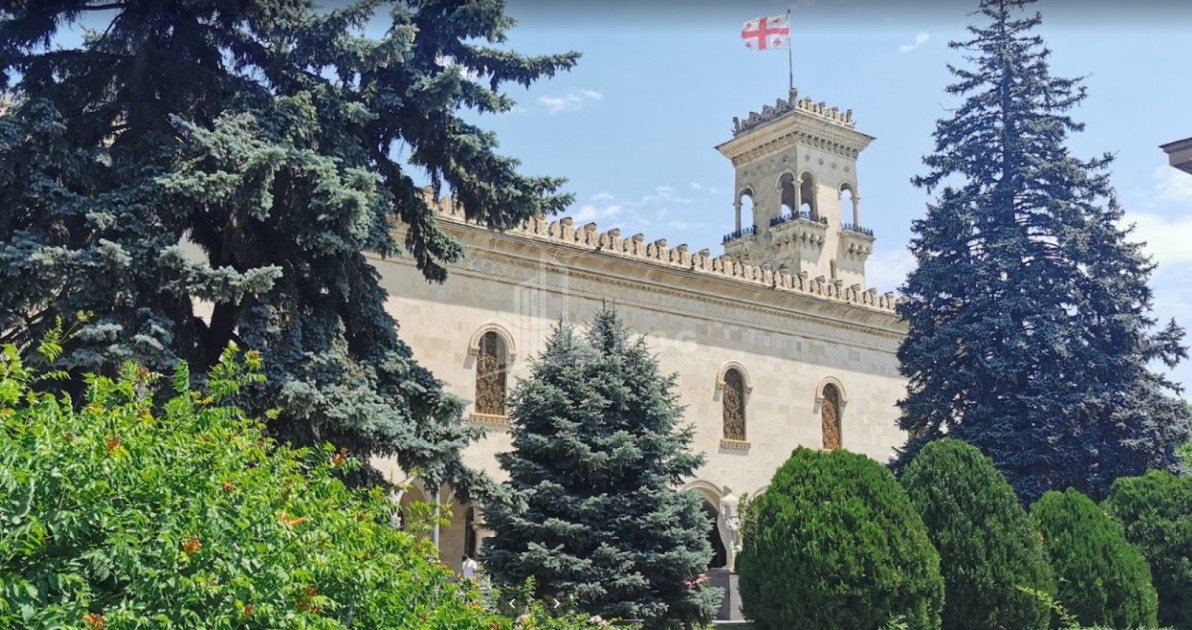
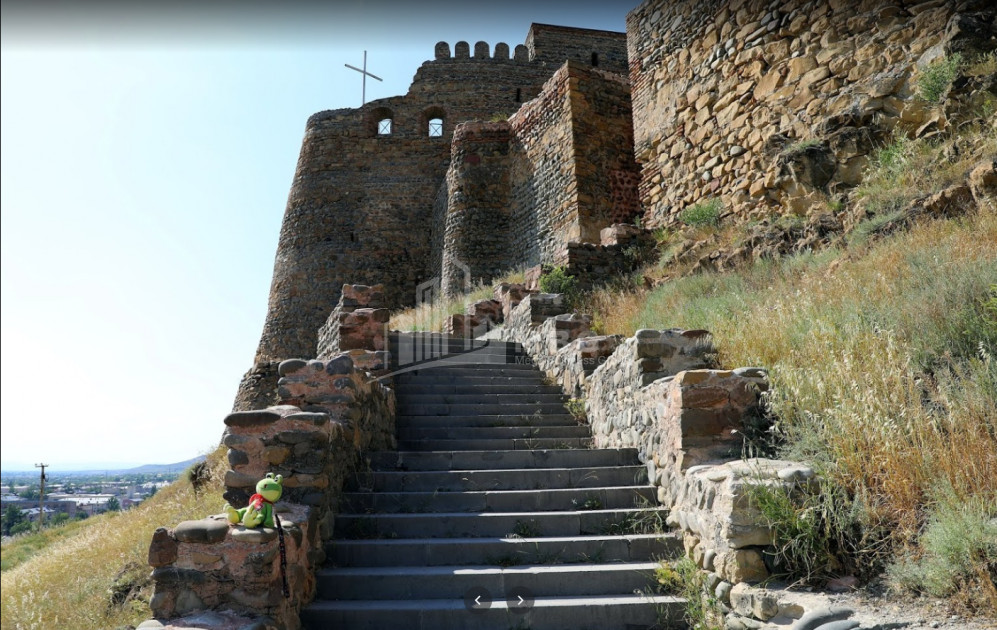
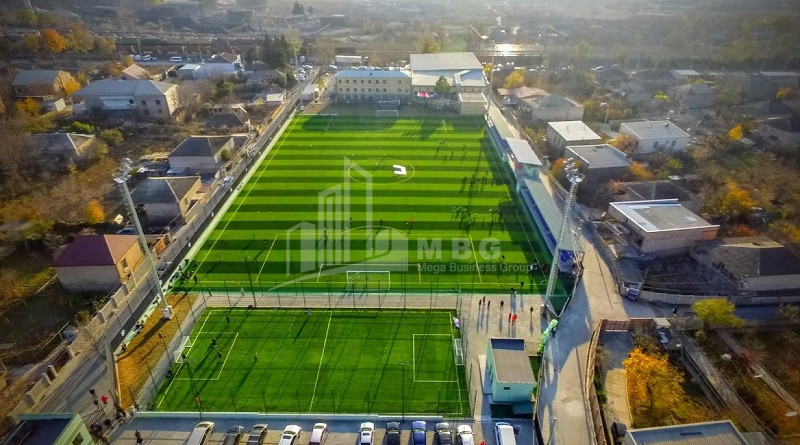










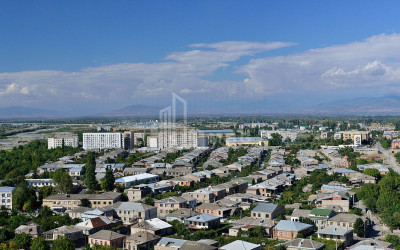














 24594
24594







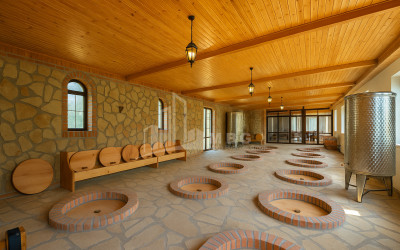
 Gori
Gori
